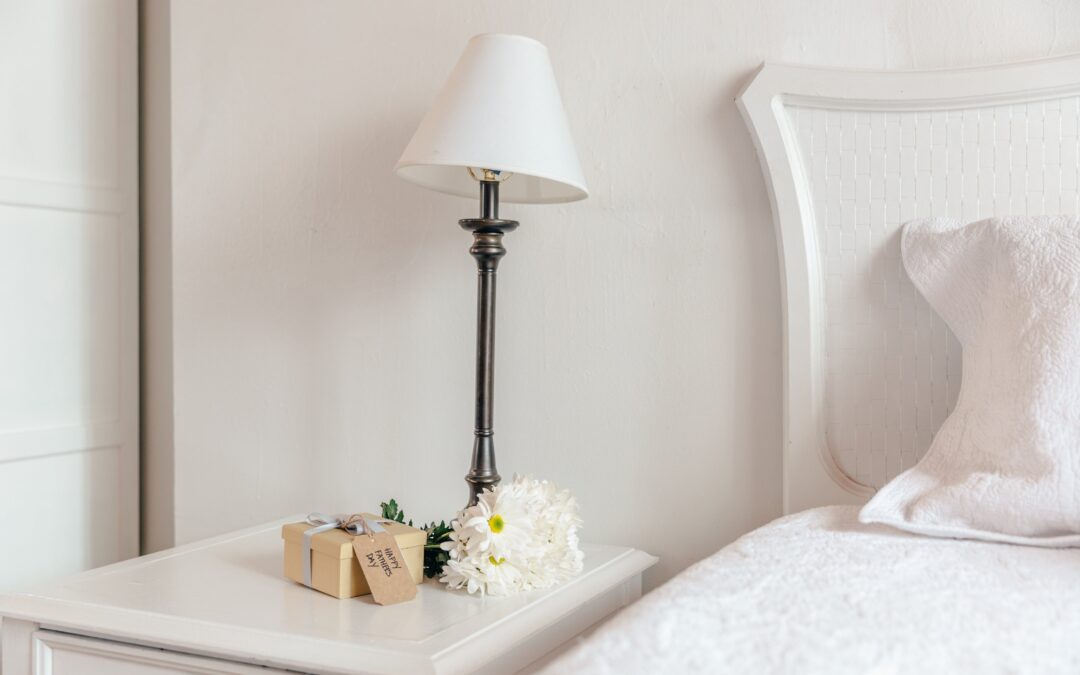Creating a relaxing bedroom retreat is essential for your overall well-being. Your bedroom should be a sanctuary—a place where you can unwind, recharge, and escape from the stresses of daily life. With a few thoughtful design choices, you can transform your bedroom into a peaceful haven. Here are some tips to help you create a relaxing bedroom retreat:
- Choose a Soothing Color Palette
The color of your bedroom walls and décor plays a significant role in setting the tone for relaxation. Opt for soft, calming colors like muted blues, gentle greens, warm grays, or soft neutrals. These shades are known to evoke a sense of tranquility and peace. Avoid overly bright or bold colors, which can be stimulating and make it harder to wind down at the end of the day.
- Invest in Quality Bedding
Your bed is the centerpiece of your bedroom, so make sure it’s as comfortable as possible. Invest in high-quality bedding that feels luxurious and inviting. Choose soft, breathable materials like cotton or linen for your sheets and duvet cover. Layer your bed with plush pillows and cozy blankets to create a cocoon-like environment. Don’t forget to select a mattress that supports your sleeping style—whether you prefer firm or soft, make sure it promotes restful sleep.
- Incorporate Natural Elements
Bringing elements of nature into your bedroom can enhance its calming atmosphere. Consider adding houseplants that thrive in low light, such as snake plants or peace lilies. These not only purify the air but also add a touch of greenery that’s soothing to the eyes. Natural materials like wood, rattan, or stone can be incorporated into your furniture or décor to create a grounded, earthy feel.
- Create a Clutter-Free Space
Clutter can create a sense of chaos and stress, which is the opposite of what you want in a relaxing bedroom. Keep your space tidy and organized by using smart storage solutions like under-bed bins, nightstands with drawers, or a well-designed closet system. Make it a habit to clear away any unnecessary items, leaving only the essentials that contribute to the room’s calming ambiance.
- Mind the Lighting
Lighting plays a crucial role in creating a relaxing environment. Opt for soft, warm lighting instead of harsh, bright lights. Bedside lamps with dimmers or adjustable brightness are ideal, allowing you to create a cozy glow in the evening. Consider using blackout curtains or shades to block out any outside light that could disturb your sleep. For an added touch of serenity, incorporate candles or a Himalayan salt lamp, which can create a soft, warm light that’s perfect for unwinding.
- Incorporate Soothing Scents
Aromatherapy is a powerful tool for creating a peaceful atmosphere. Introduce soothing scents into your bedroom through essential oil diffusers, scented candles, or linen sprays. Lavender, chamomile, and sandalwood are popular choices for promoting relaxation and restful sleep. Place your diffuser or candles on your nightstand or a nearby shelf to gently scent the room without being overpowering.
- Design a Cozy Reading Nook
If space allows, create a small reading nook in your bedroom. A comfortable chair or chaise lounge, paired with a soft throw blanket and a small side table, can become your go-to spot for unwinding with a good book. Make sure the area is well-lit with a floor lamp or a reading light, and consider adding a small bookshelf or basket to keep your favorite books within easy reach.
- Incorporate Personal Touches
Your bedroom should reflect your personality and provide a sense of comfort. Incorporate personal touches like family photos, artwork, or meaningful mementos that bring you joy. Choose décor that resonates with you, whether it’s a favorite piece of art, a treasured quilt, or a collection of items that tell your story. These elements make your bedroom feel like a true retreat, filled with warmth and familiarity.
- Minimize Electronics
While it can be tempting to have a TV or other electronics in the bedroom, these can disrupt your ability to relax and sleep well. Consider minimizing the presence of screens in your bedroom, or at least creating a designated spot to tuck them away when not in use. If you use your phone as an alarm clock, place it across the room to reduce the temptation to scroll before bed, which can interfere with your sleep.
- Enhance Comfort with Soft Textures
The textures in your bedroom can contribute to a sense of comfort and relaxation. Choose soft, inviting fabrics for your bedding, curtains, and rugs. A plush area rug underfoot adds warmth and comfort, especially in the morning when you first get out of bed. Throw blankets and decorative pillows in various textures, such as knit, faux fur, or velvet, can make your bed feel even more inviting.
Conclusion
Transforming your bedroom into a relaxing retreat doesn’t require a complete overhaul—small changes can make a big difference. By focusing on creating a soothing color palette, investing in quality bedding, incorporating natural elements, and paying attention to lighting and scent, you can craft a bedroom that promotes relaxation and restful sleep. With these tips, your bedroom can become a true sanctuary where you can escape, unwind, and recharge.


Recent Comments